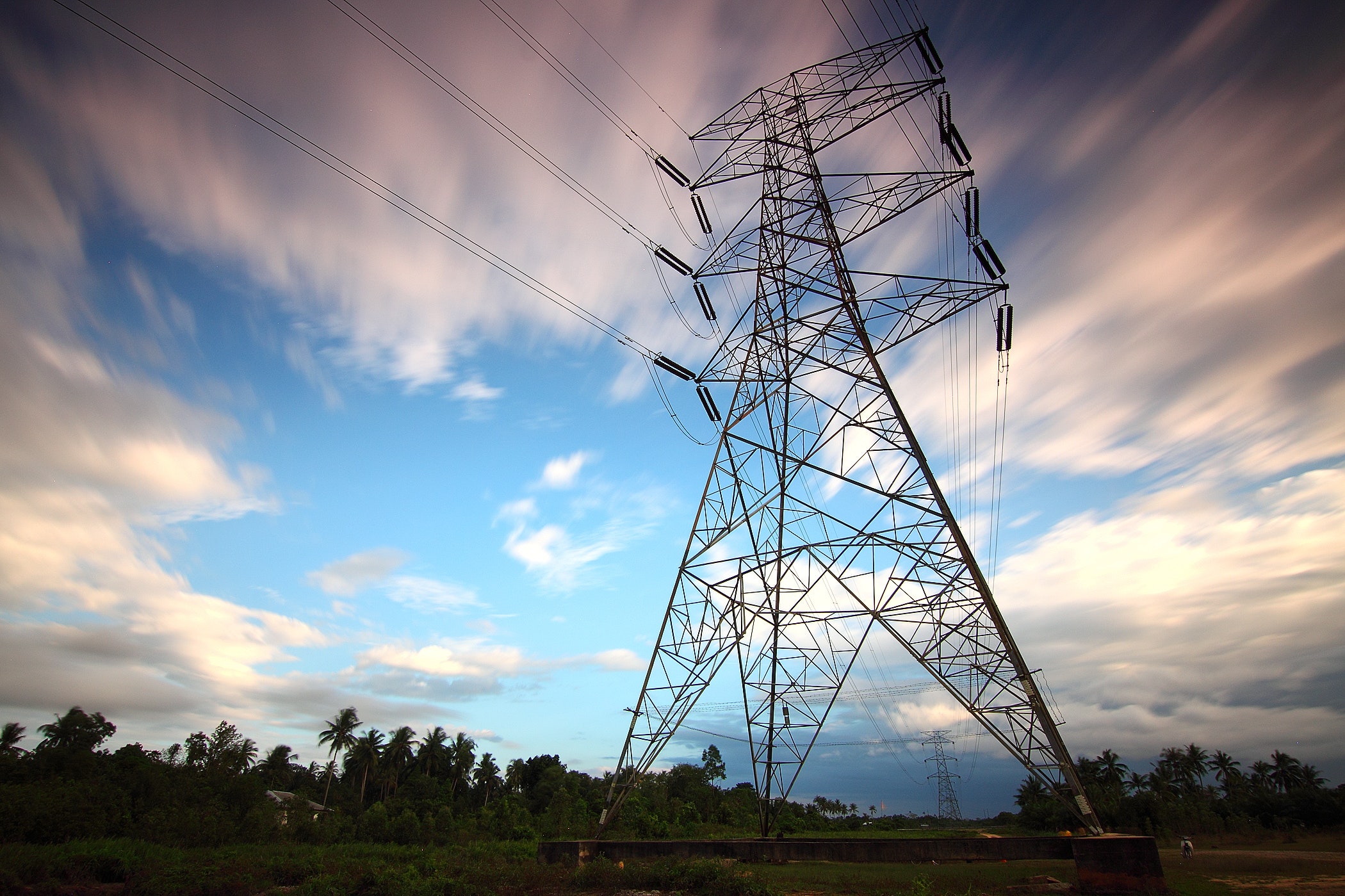On the 12th September COAG Energy Council met and discussed the approach of the Energy Security Board is proposing to resolve the long-term solution to the NEMs security of supply assumed issues in an increasing variable renewable energy grid.
One possible future scenario that has been considered and offered for market feedback was implementing a Capacity Market. Incentivising existing generation to not mothball early and give new assets return certainty encouraging investment. In a standard model it would provide payments to build new, extend the life of generation assets or possibly to those able to reduce their demand, providing they guarantee capacity to the system at periods of stress.
The idea behind using a Capacity Market is to ensure security of supply to the grid at the cheapest cost to consumers with increased renewables in the system; especially wind which creates greater uncertainty. A generator who can provide the capacity certainty or a user who has the ability to turn down their demand, offers these flexibilities to the system operator in auctions up to 4 years in advance. Payments are made by end users to these providers to “guarantee” access to this facility over periods of high system stress. This payment is made regardless of the capacity being required or not.
There is no real case that on a high renewable grid a capacity market is required to provide security of supply. In the UK following the introduction of the Capacity Market (pre its suspension) there have been no new assets built. It was designed to incentivise investment in new Gas plants which have not emerged and existing plant in the scheme have already curtailed hours. This leaves many to question its merit.
How this is received by stakeholders in Australia is yet to be seen, however it is assumed that the discussion around security of supply post 2025 has only just begun with the workstreams being run across the regulator agencies and organisations.
If you would like to know more about a Capacity Market, please contact Edge Energy Services on 07 3905 9220 or 1800 334 336.




